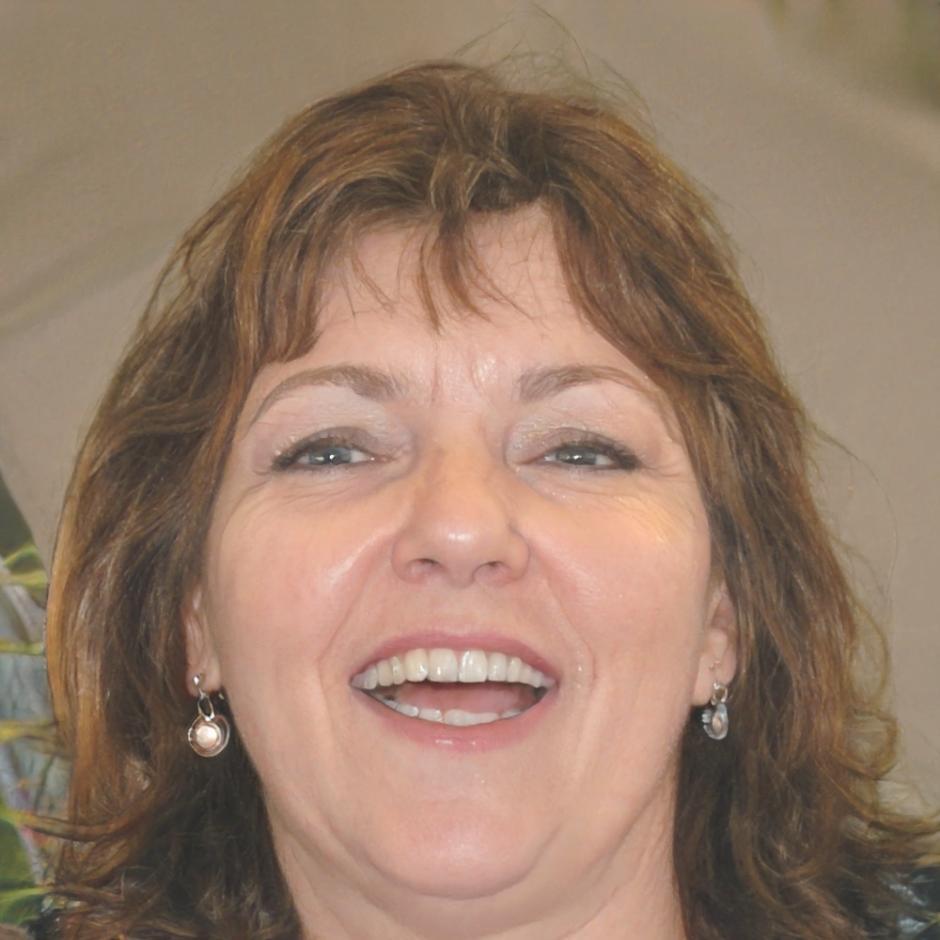Real Business Challenges, Real Solutions
Our students tackle actual profitability problems from Vietnamese businesses. No made-up scenarios or textbook exercises here. They work with messy data, unclear goals, and shifting priorities—because that's what business actually looks like.
Each project runs for eight weeks. Students collaborate with business owners who need help figuring out where their money goes and why some products just don't make sense anymore. Sometimes the answers surprise everyone involved.
View Course Schedule
Retail Inventory Analysis
A clothing shop in Pleiku had 40% of their capital tied up in inventory that wasn't moving. Students spent weeks sorting through three years of sales records to identify which product categories were actually profitable.

Coffee Shop Margin Study
Three coffee locations, wildly different results. Students built a cost-tracking system from scratch because the owner had been using rough estimates for two years. Turns out one location was losing money on every single drink.

Manufacturing Cost Breakdown
A furniture maker couldn't figure out why they were busy all the time but barely breaking even. Students mapped every step of production, tracked material waste, and discovered that setup time was eating 30% of their workday.
How Projects Actually Work
We don't hand students a neat dataset and call it real-world experience. They start with whatever the business has—spreadsheets, handwritten notes, random receipts. Sometimes nothing at all.
Discovery & Data Collection
Students meet with business owners to understand what's actually going on. This means asking uncomfortable questions about record-keeping, sitting through contradictory explanations, and digging through filing cabinets. Week one is usually a bit overwhelming.
Analysis & Pattern Recognition
Once they've got data organized, students look for patterns that explain the problem. This phase involves a lot of dead ends and recalculations. They learn pretty quickly that the first answer is rarely the right one.
Solution Development
Students build practical tools or recommendations that the business can actually use after the project ends. Simple tracking systems, pricing models, workflow changes. Nothing fancy—just stuff that works for someone who's busy running a business.
Presentation & Handoff
The final presentation isn't for us—it's for the business owner who needs to understand what students found and why it matters. Students explain their analysis in plain language and leave documentation that someone without financial training can follow.

Who Guides These Projects
Linh Khánh Hoàng coordinates our student projects and works with local businesses to identify opportunities. She spent twelve years doing financial analysis for manufacturing companies before joining our program in 2023. She's seen pretty much every type of profitability problem a small business can have.
Students meet with Linh twice weekly for project check-ins. She doesn't tell them what to do—mostly asks questions that push them to think through their approach more carefully. Her background helps students understand what analysis will actually be useful versus what just looks impressive in a presentation.
"The best part about these projects is watching students realize that business problems are rarely solved with one brilliant insight. It's about methodical analysis and being willing to change direction when the data tells you something unexpected."